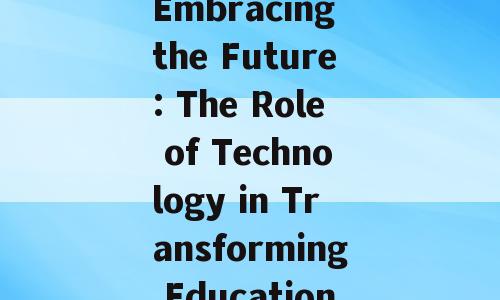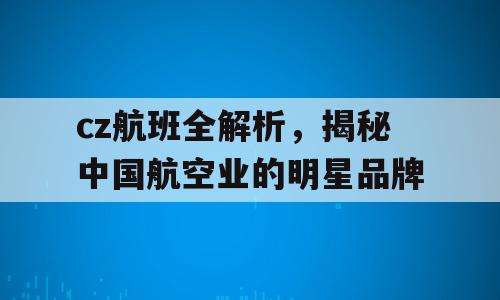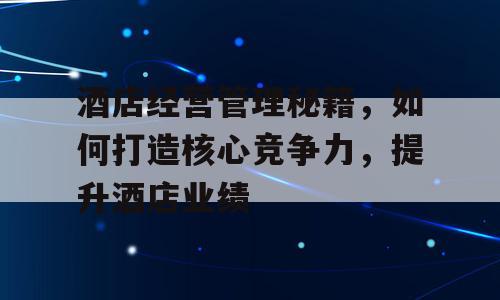Introduction
In the age of digital transformation, technology has become an indispensable tool in various sectors, including education. The integration of technology in the classroom has opened up new avenues for learning, making education more accessible and engaging. This article explores the pivotal role of technology in transforming education, with a focus on how it enhances learning experiences, facilitates personalized education, and prepares students for the future workforce.
The Digital Classroom: A New Era of Learning
The digital classroom, often referred to as the "flipped classroom," has revolutionized traditional teaching methods. With the advent of online learning platforms and educational software, students can now access a wealth of resources at their fingertips. According to a report by the UNESCO Institute for Statistics, the number of students enrolled in online courses worldwide has surged by 42% between 2019 and 2020.
The digital classroom allows for interactive and collaborative learning experiences. For instance, tools like virtual reality (VR) and augmented reality (AR) can bring abstract concepts to life, creating immersive learning environments. These technologies not only engage students but also cater to different learning styles, thereby enhancing the overall educational experience.
Personalized Learning: Tailoring Education to Individual Needs
Technology has also paved the way for personalized learning, where education is tailored to the individual needs and interests of each student. Adaptive learning platforms use AI to *** yze student performance and suggest personalized learning paths. According to a study by the International Society for Technology in Education (ISTE), personalized learning can lead to significant improvements in student achievement.
This approach allows students to learn at their own pace, focusing on areas where they need additional support. Moreover, it empowers educators to provide more individualized attention, ensuring that each student receives the best possible education.
Preparation for the Future Workforce
In today's rapidly evolving job market, the skills that students acquire in school are crucial for their future success. Technology in education plays a pivotal role in preparing students for the workforce by equipping them with the necessary digital skills. According to the World Economic Forum's Future of Jobs Report, 65% of children entering primary school today will ultimately work in jobs that don't yet exist.
Integrating technology in the classroom helps students develop critical thinking, problem-solving, and collaboration skills, which are essential in the modern workplace. Furthermore, it exposes them to emerging technologies and innovations, enabling them to stay ahead of the curve.
Conclusion
The integration of technology in education has brought about a new era of learning, making education more accessible, engaging, and personalized. By embracing technology, educators can provide students with the skills and knowledge needed to thrive in the future workforce. As the digital landscape continues to evolve, it is imperative for the education sector to stay abreast of these changes and leverage technology to transform the way we learn and teach.
In conclusion, technology is not just a supplement to traditional education; it is a catalyst for transformation. By harnessing the power of technology, we can create a more inclusive and effective education system that prepares students for a future filled with limitless possibilities.















还没有评论,来说两句吧...